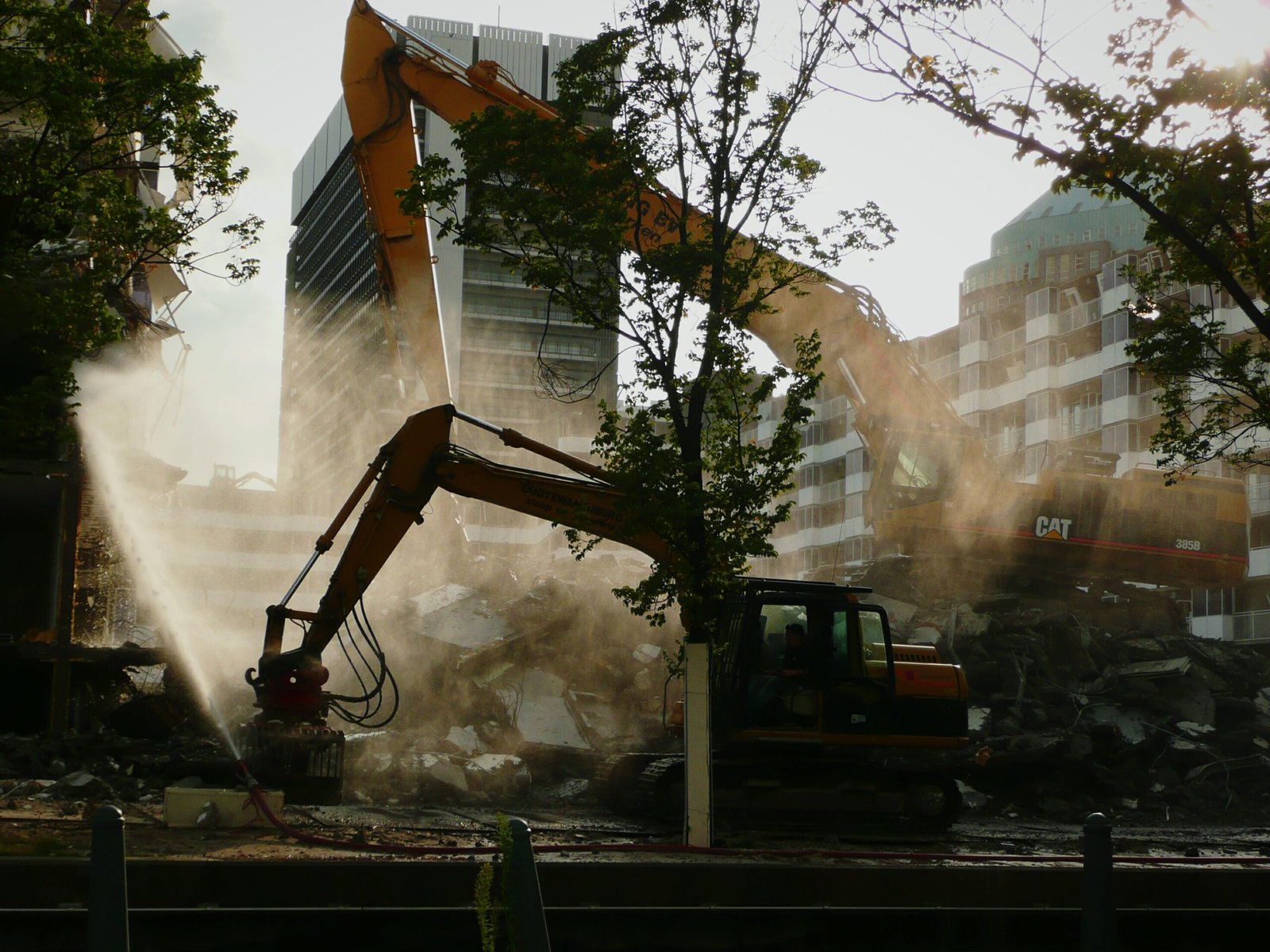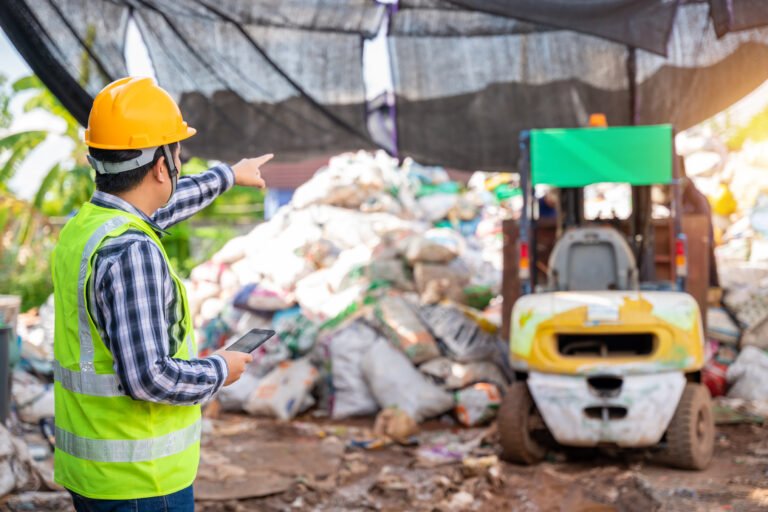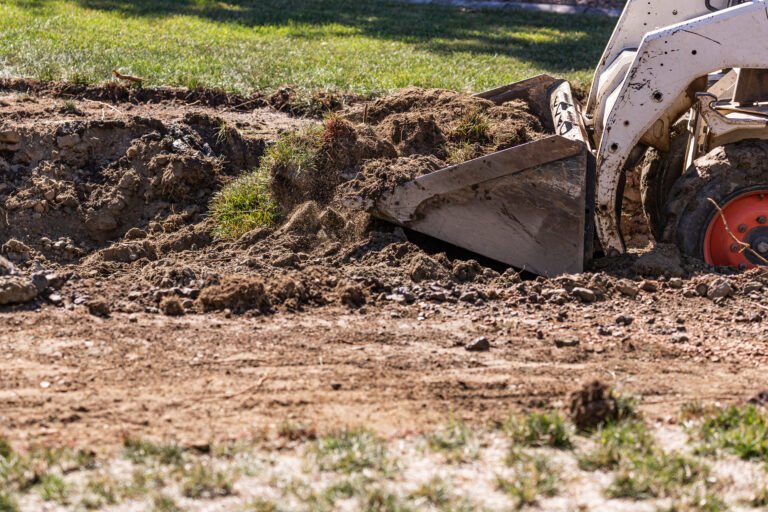The Importance of Sustainable Demolition Practices: Key Strategies and Benefits
The construction industry has long been known for its significant environmental impact. With growing awareness of the need for sustainability, it is critical to consider sustainable demolition practices as an integral part of the industry’s path towards a more eco-friendly future. Adopting sustainable demolition methods promotes both environmental stewardship and the efficient use of resources, providing strong incentives for businesses and communities alike to embrace these practices.
Sustainable demolition encompasses a variety of techniques and approaches aimed at minimizing the environmental impact of dismantling structures. By prioritizing key aspects such as recycling and waste management, energy efficiency, and the preservation of natural resources, these methods help to limit potentially harmful effects on the local and global environment. Moreover, sustainable demolition seeks to reduce the volume of landfill waste and promote the re-use and recycling of valuable materials, contributing to the overall goals of sustainability in construction.
As awareness of the importance of environmental preservation grows, the implementation of sustainable demolition practices is becoming increasingly essential. By employing these environmentally responsible methods, the construction industry can play a significant role in mitigating its ecological impact while fostering a greener future.
Sustainable Demolition Methods and Techniques
Salvage and Reuse of Materials
One key aspect of sustainable demolition is the salvage and reuse of materials. This practice aims to reduce waste generation and the consumption of virgin materials, thereby minimizing landfill waste and environmental impact. Commonly salvaged materials include wood, metals, concrete, doors, windows, and more. Reusing and recycling these materials is both cost-effective and environmentally friendly. Further, it contributes to efficient waste management and reduction in energy consumption and carbon emissions.
Deconstruction vs Traditional Demolition
Deconstruction refers to the selective dismantling of building structures to recover materials for reuse and recycling. Unlike traditional demolition, which primarily focuses on the rapid destruction of a structure, deconstruction emphasizes careful disassembly to preserve the quality and integrity of materials. This approach results in lower waste generation, better waste management, and reduced use of landfill space.
Selective demolition is another environmentally friendly practice, which targets specific parts of a building without causing damage to the remaining structure. Both deconstruction and selective demolition offer advantages in terms of energy consumption, waste reduction, and conservation of virgin materials.
Regulations and Compliance
As the construction and demolition (C&D) industry evolves, governments and regulatory bodies are implementing stricter environmental regulations to govern demolition practices. These regulations emphasize sustainable waste management, recycling, and disposal of C&D materials. The construction industry must also adhere to specific requirements related to waste generation, energy consumption, and carbon emissions. Compliance with these regulations not only benefits the environment but also enhances the industry’s credibility and reputation.
Innovative Technologies in Demolition
The use of innovative technologies in demolition is becoming increasingly prevalent. For example, high-reach excavators equipped with specialized attachments can precisely dismantle structures, reducing waste and allowing for easier salvage. Machine learning algorithms can also help in planning and executing demolition projects in a manner that minimizes environmental impact.
Another example is modular construction, which involves the assembly of pre-fabricated sections on-site. This approach not only reduces construction waste but also allows for easier disassembly, salvage, and recycling of materials when the structure reaches the end of its life cycle.
By adopting sustainable demolition methods and techniques, the construction industry can significantly reduce waste, minimize environmental impact, and contribute to a more sustainable future.
The Future of Demolition: Sustainability and Economic Impact
The Role of Sustainable Construction
The construction industry has a significant impact on the environment, and the future of demolition relies on incorporating sustainability and circular economy principles. Sustainable demolition and construction practices go hand-in-hand, and collaboration between these sectors is crucial for reducing environmental impacts. Research efforts are focused on eco-friendly demolition techniques, materials recycling, and resource recovery. These practices help conserve resources and reduce waste associated with building and demolishing structures.
In line with the circular economy approach, sustainable construction encompasses:
- Material selection: using recycled and renewable materials that have a lower environmental footprint.
- Resource management: optimizing the use of materials, reducing waste, and reusing or recycling construction and demolition waste.
- Energy efficiency: designing and constructing buildings with energy-efficient systems, reducing greenhouse gas emissions, and minimizing operational costs.
In addition, sustainability considers the social, cultural, and economic contexts of different regions, enabling a positive impact on local communities by providing sustainable solutions.
Economic Advantages of Sustainable Practices
Sustainable demolition and construction practices provide several economic benefits. These advantages include:
- Cost savings: Recovering and recycling materials reduce the need for purchasing new materials, leading to lower material costs.
- Revenue generation: By selling recyclable materials to buyers, companies can create an additional income stream.
- Operational efficiency: Adopting a circular economy approach minimizes resource depletion and waste generation, optimizing operations.
- Market incentives: Governments and organizations offer tax breaks, grants, and other incentives for companies that prioritize sustainable demolition practices.
These economic benefits ensure the industry’s long-term growth, aligning it with the global push towards sustainable development goals.
Environmental Considerations and Long-Term Benefits
The environmental impact of demolition has various interconnected aspects, including:
- Greenhouse gas emissions: Demolition and construction activities generate significant greenhouse gas emissions. Sustainable practices are designed to minimize these emissions, contributing to climate change mitigation.
- Landfill space: Conventionally, demolition waste often ends up in landfills. Sustainable demolition promotes the reduction, reuse, and recycling of waste materials, decreasing the burden on landfill space.
- Resource depletion: By limiting the consumption of new resources and encouraging the reuse and recycling of materials, sustainable demolition practices help alleviate the pressure on finite natural resources.
As the construction industry embraces sustainable demolition methods and the circular economy, the long-term benefits become apparent not only for the environment but for society as a whole. A sustainable future depends on the combined efforts of various sectors, and the demolition industry has the opportunity and responsibility to contribute positively to this collective goal.








